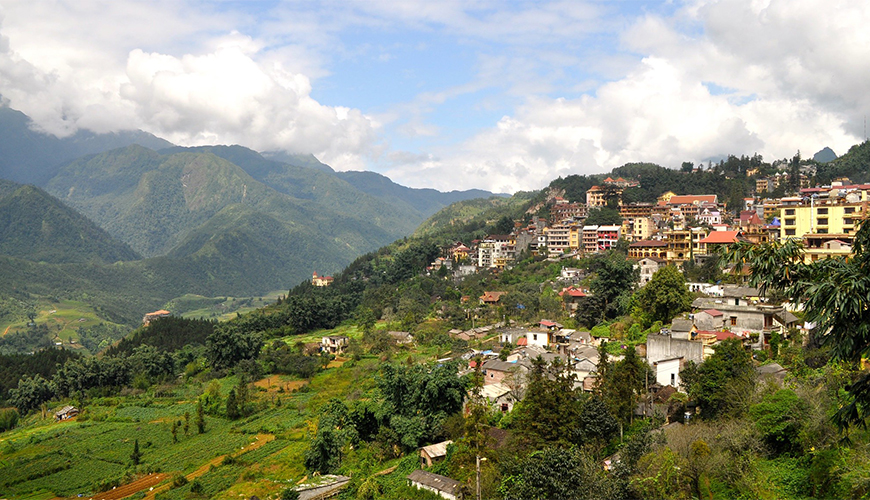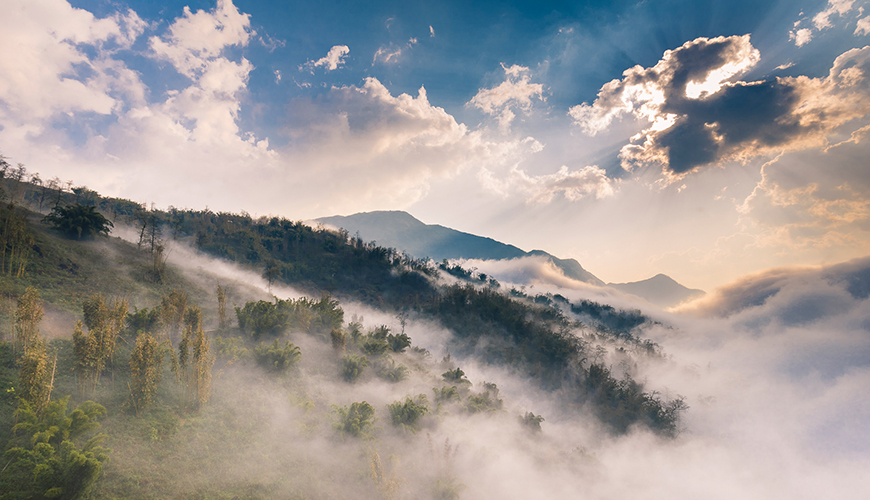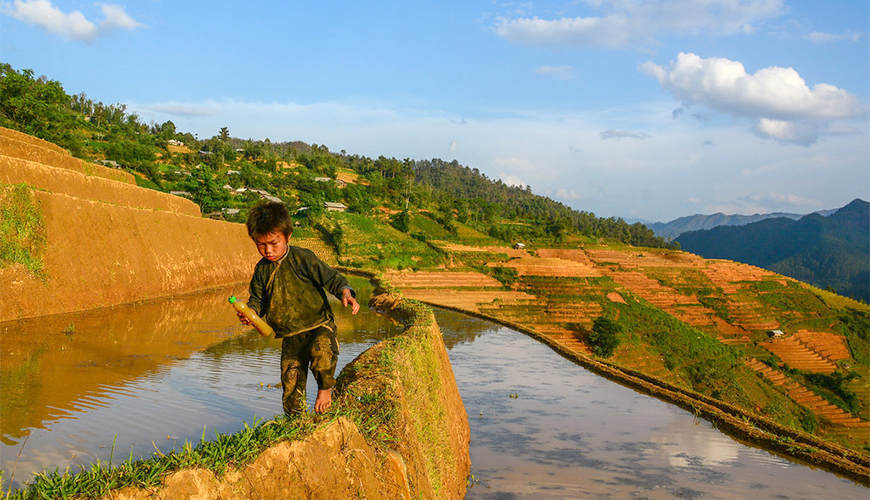Sapa is the capital of the Sapa District, which lies within Lao Cai Province. The district is north-west of Hanoi, and is characterised by rolling mountains separated by winding valleys peppered with a diverse ion of minority villages. As a tourist destination, Sapa entered travellers’ list of destinations as an off-the-beaten-track destination where travellers could get an up-close experience with traditional beliefs, culture and way of life.

The history of human habitation in Sapa dates back centuries, with records of its initial inhabitants dating as far back as the 15th century. These groups have since disappeared, replaced by the H’mong and Dao roughly 300 years ago. These groups were then later joined by the Giay, Tay and Xa Pho.
Sapa enjoyed a central position in trade between Vietnam and China, owing to its location near the border between the two countries. In the late 1800’s, the French colonials seized Sapa in order to control this lucrative trade route, and French military and missionaries started arriving in droves. From 1891 and onwards, the entire province of Lao Cai had come under direct French control.

Quickly realizing the health benefits of the clean mountain air, the French started sending sick and wounded soldiers to Sapa to convalesce, and the French population grew quickly as a result. A military base and a sanatorium were constructed in the town, as well as several colonial buildings for housing soldiers, officers and missionaries.
Unaccustomed to the tropical weather of wider Vietnam, the town also grew as a destination for the colonials to escape the hot and humid summers, which resulted in even more colonial buildings popping up, as well as electricity being provided from the nearby Cat Cat Waterfall.

Sadly, there is little left of these construction efforts, as during the First Indochina War, the region was devastated by the fighting, and upon retreat, the French ordered a general bombing campaign of the town, levelling it and causing it to practically fall off the map for decades to come.
Indeed, it wasn’t until the 1960’s that Vietnamese people started returning and settling the ruined town, rebuilding it from it’s devastated state. In 1993 the borders of Sapa were reopened for tourists, and it rapidly grew to prominence as an authentic and off the beaten track destination for adventurous travellers.

Though more developed than in those days, the region retains this reputation, and with improved ease of access and amenities for travellers, the number of visitors has boomed. The town now contains many high end hotels and restaurants, but the traditional villages and homestays that it is famous for are never far away. Thousands upon thousands of travellers now come here every year for cultural discovery, beautiful natural landscapes, and to trek to the “Roof of Indochina”; Fansipan Peak.